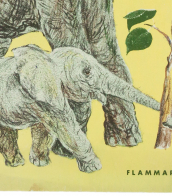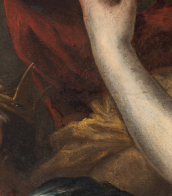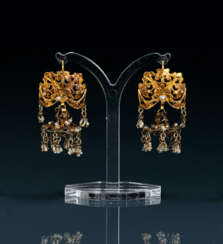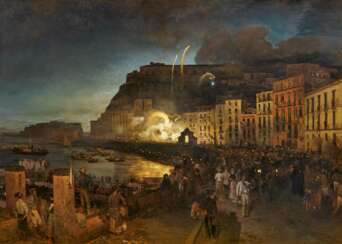неаполь



Francesco de Mura was an Italian painter of the late Baroque period. He studied painting under Francesco Solimena and was a favourite pupil and collaborator.
Francesco de Mura was an outstanding figure of the Neapolitan school of painting and was known for his elegant and graceful style. He excelled in various genres, including religious and mythological subjects, portraits and decorative murals.
De Moor's paintings were distinguished by their vivid colours, delicate brushwork and sense of movement. He had a talent for capturing the subtleties of human expression and depicting figures in dynamic poses.
One of de Moor's greatest achievements was his ability to create illusionistic effects, particularly in his frescoes. He used angles and elaborate architectural elements to create a sense of depth and three-dimensionality, immersing viewers in the environment he painted.


Attilio Pratella was an Italian marine and landscape painter.
Attilio Pratella received his first professional skills at the Trisi College, continued his studies at the Bologna Academy of Fine Arts and at the Academy of Fine Arts in Naples. His first paintings received positive feedback from the juries of exhibitions.
The artist executed miniature Neapolitan views for tourists and made sketches of paintings of products of the ceramic factory of the Cacciapoti brothers. After moving to the Neapolitan neighborhood of Vomero, Pratella began to paint views of the picturesque surroundings, the Gulf of Naples and Vesuvius. Soon a group of Vomeresi ("Vomeristi") formed around him, and the neighborhood where he lived gradually became an entire colony of artists.
In addition to Neapolitan landscapes, the artist created cityscapes of Paris and other European cities. In 1899 Attilio Pratella participated in the Paris Salon and received great recognition. Today his works are in the collections of the Museo del Capodimonte and the Galleria dell'Arte Ricci Oddi.


Attilio Pratella was an Italian marine and landscape painter.
Attilio Pratella received his first professional skills at the Trisi College, continued his studies at the Bologna Academy of Fine Arts and at the Academy of Fine Arts in Naples. His first paintings received positive feedback from the juries of exhibitions.
The artist executed miniature Neapolitan views for tourists and made sketches of paintings of products of the ceramic factory of the Cacciapoti brothers. After moving to the Neapolitan neighborhood of Vomero, Pratella began to paint views of the picturesque surroundings, the Gulf of Naples and Vesuvius. Soon a group of Vomeresi ("Vomeristi") formed around him, and the neighborhood where he lived gradually became an entire colony of artists.
In addition to Neapolitan landscapes, the artist created cityscapes of Paris and other European cities. In 1899 Attilio Pratella participated in the Paris Salon and received great recognition. Today his works are in the collections of the Museo del Capodimonte and the Galleria dell'Arte Ricci Oddi.


Oswald Achenbach was a German painter associated with the Düsseldorf school of painting. Though little known today, during his lifetime he was counted among the most important landscape painters of Europe. Through his teaching activities, he influenced the Kunstakademie Düsseldorf. His brother, Andreas Achenbach, who was twelve years older, was also among the most important German landscape painters of the 19th century. The two brothers were humorously called "the A and O of Landscapes" (a reference to their initials matching a common German reference to the Alpha and Omega).

![Тэн, И. Путешествие по Италии / Пер. П.П. Перцова: [в 2 т.].](/assets/image/picture_1895164/5e4c7/bkni1sqq0jagtjfsfbylr2wnqoknsxwgpdpvhxj04yllvbrfpdpik0vcqr68ckh1638466894jpg__fix_374_244.jpeg)
![Тэн, И. Путешествие по Италии / Пер. П.П. Перцова: [в 2 т.].](https://veryimportantlot.com/assets/image/picture_1895164/5e4c7/bkni1sqq0jagtjfsfbylr2wnqoknsxwgpdpvhxj04yllvbrfpdpik0vcqr68ckh1638466894jpg__fix_374_244.jpeg)







































































